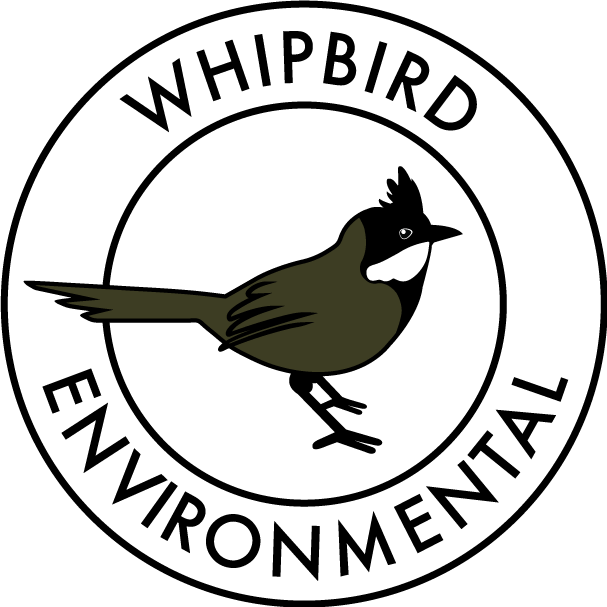Wahlenbergia gracilis (Tufted Bluebell) Australian Native Plant Profile
Description
Wahlenbergia gracilis, also known as Tufted Bluebell or Australian Bluebell, is a small herbaceous plant. It typically grows to a height of up to 40cm and produces delicate, star-shaped blue, white or pink flower petals. Commonly found in woodland, forest, grassland and heathland habitats, Tufted Bluebell is known for its attractive appearance and ability to thrive in both sunny and shaded areas. It is an important food source for native butterflies and other insects.
Growing Conditions
Wahlenbergia gracilis prefers well-drained soils in full sun to partial shade, and is often found growing in rocky areas, heathlands, and open woodlands. It is tolerant of a range of soil types, including sandy and loamy soils, and can grow in both acidic and alkaline soils. Tufted Bluebell also has a low water requirement and can withstand moderate drought conditions once established.
Habitat Value
Wahlenbergia gracilis is an important component of many local ecosystems and plays a role in stabilizing soil and preventing erosion. Overall, the Tufted Bluebell is a valuable species for maintaining biodiversity and supporting healthy ecosystems. The plant is known to benefit a range of native butterflies and pollinators in Australia. Some of the butterfly species that are attracted to the plant's flowers include the Australian painted lady (Vanessa kershawi), the common grass-blue (Zizina labradus), and the eastern bronze azure (Ogyris olane). In addition to butterflies, the plant also attracts a variety of bees, including native solitary bees and honeybees, which feed on the nectar and pollen of the flowers. Other pollinators that may benefit from the plant's presence include hoverflies, which are known to visit the flowers to feed on nectar.
Uses
Wahlenbergia gracilis has several benefits when used in environmental works. The plant has a fibrous root system that helps to stabilize soil and prevent erosion, making it useful in areas where soil erosion is a concern, it is a hardy plant that requires low maintenance once established, making it a good choice for restoration projects or landscaping in areas where resources are limited. It also contributes to maintaining biodiversity by providing habitat and food for a range of native insects and other animals.
In garden settings Wahlenbergia gracilis is commonly used, particularly in native and cottage gardens. It is well-suited to a variety of soil types, including sandy and clay soils, and can tolerate both full sun and partial shade.
Wahlenbergia gracilis can be used as a border plant, in rockeries, or as a groundcover under taller plants. It is also a good choice for container planting. Overall, Wahlenbergia gracilis is a versatile and attractive native plant that is well-suited to a range of garden settings in Australia, providing both ornamental and ecological benefits.
Propagation
Wahlenbergia gracilis can be propagated through seed or division. To propagate through seed, collect mature seed capsules and sow them in a well-draining soil mix in late autumn or early winter. To propagate through division, divide clumps of the plant in early spring or autumn, making sure each division has a healthy root system and several stems. Plants used for natural areas restoration should, ideally, be grown from seed.
Further Reading
Gardening Australia - Wahlenbergia gracilis: https://www.abc.net.au/gardening/how-to/a-cool-house/9433710
Atlas of Living Australia - Wahlenbergia gracilis:https://bie.ala.org.au/species/https://id.biodiversity.org.au/node/apni/2912378
Encyclopedia of Life https://eol.org/pages/11259288
Plantnet - https://plantnet.rbgsyd.nsw.gov.au/cgi-bin/NSWfl.pl?page=nswfl&lvl=sp&name=Wahlenbergia~gracilis
Yara Ranges Council - https://www.yarraranges.vic.gov.au/PlantDirectory/Herbs-Groundcovers/Wahlenbergia-gracilis
QLD Department of Environmental Science https://apps.des.qld.gov.au/species-search/details/?id=15918
